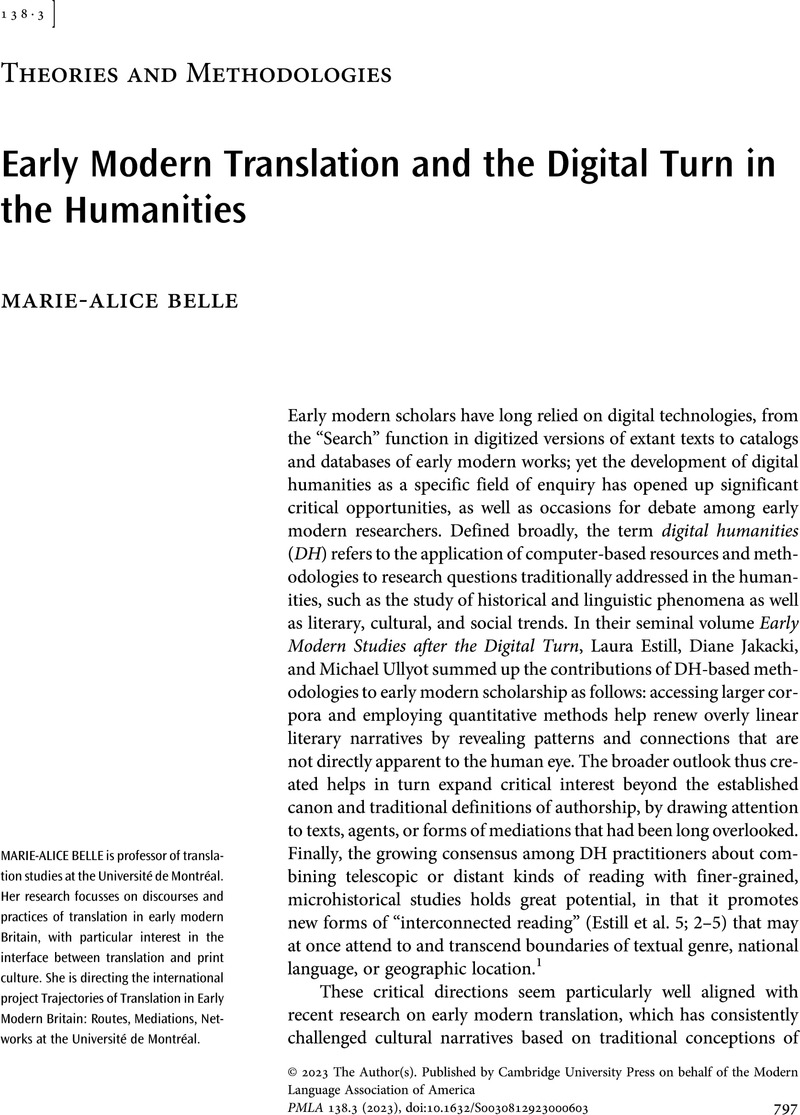Crossref Citations
This article has been cited by the following publications. This list is generated based on data provided by Crossref.
Qi, Jinhua
and
Zhou, Xueheng
2025.
Study on the Path of Foreign Cultural Translation and Dissemination of Jiangsu Prefecture-level Cities under Digital Technology Support.
Applied Mathematics and Nonlinear Sciences,
Vol. 10,
Issue. 1,



